Shadows: The depiction of cast shadows in western art
This book made alot of interesting points about light largely how it is used or not used to convey a certain meaning or feeling within a scene, the author (E.H. Gombrich) talkes about the eye as an instrument "that depends almost exclusively on the modifications that the surrounding light undergoes when falling on the objects within view. The varieties of light and shade on their surfaces tell us of their shape, the reflections on that surface indicate its texture, and their reaction to the various wavelengths of the spectrum determine their colour." (page 10)
Throughout the book he describes methods of lighting or use of shadow in a great variation of pieces that are well known for using light well, some of the important examples referenced include Caravaggio "There is hardly a function of cast shadows that is not illustrated by Caravaggio's dramatic painting" (page 24) his dark style also known as tenebroso spread throughout italy and made its way further north until it culminated in the are of Rembrandt. Rembrandt has an extremely well lit piece 'The Adoration of the Shepherds' (1646) that illustrartes the holy story having the light from the holy child completely overpowering the light from a lamp, in this way he uses light to tell a story but also illustrates the intricate effects too different intensities of light can have on a scene. (page 51)
The book also has some insight into lighting within cubism and surrealism which in many ways is quite detached from lighting in the rest of western art, "Cubism reinstated the role of shadows both to guide and confuse the viewer. Later still the Surrealists exploited the effect of shadows to enhance the mood of mystery they sought" (page 26).
Plato: The Cave
In Plato's 'The Republic' there are many interesting concepts and ideas concerning form, number and light but the one in particular that I find most relevant to my work is the simile of the cave (page 316), The story is about three prisoners who have spent their whole existance imprisoned in a cave with their heads locked in position basically giving them a 2D perspective, and light illuminates the wall they are looking at, they can see people walking by as if on a road, but these people are not really people they are infact made of stone and wood but because they can only see the shadow and are unable to look at it from any other angle it is very real to them and becomes the whole truth.
Then one prisoner is freed and taken out of the cave, he does not at first believe what he sees and does not understand it, but eventually realises that it is much more than what he had seen before and he is happier because of it, but if he were to tell one of the remaing prisoners they would not believe or accept it and would possibly harm him for challenging all they know because he would be attempting to destroy their whole truth and replace it with something they are incapable of understanding without actually experiencing.
There are many possible interpretations of the Cave story but I was very interested in the difference between illusion and disbelief, along with the light representing an intelligible region and the difference between these two perspectives one being much more than the other.
Color: An Introduction to Practice and Principles
Although this book by Rolf G. Kuehni is titled colour there is a very large portion that is focused on light and it establishes the connection between light and colour well, colour could not exist without light because colour simply comes from the reaction of materials to certain wavelengths of light. light itself can be divided up into a spectrum well illustrated by an experiment involving a prism where a thin beam of white light is shone through a glass prism and the light splits into a spectrum of the wavelengths of visible light which are between 400-700nm (nano-metres) here is an example below I created in 3D, I attempted to do the experiment using materials but it seems 3D has not yet progressed to the point of splitting apart light through prisms so I had to insert each light myself.
It is a very famous and in some ways evocative experiment illustrated below in Pink Floyd's 'Dark side of the moon album cover.
The Author talks further about the different types of light, how the light is produced and what affects it can have on different surfaces.
Refraction (page 12): illustrated by the experiment above is the change in direction of light aswell as the seperation of wavelengths due to the photons of higher energy changing direction more strongly.
Incandescence (page 4): a material or object that changes colour when heated, for example a piece of metal or even coal.
Luminescence (page 8): 3 types
1. electroluminescence: caused by arcs, sparks and lightning among other things
2. chemiluminescence: produced by chemical reactions
3. photoluminescence: flourescence, phosphorescence etc.
Black body radiation (page 7): a non existant material that is a perfect absorber and emitter of energy the temperature of which will change the colour and emission of light, the sun is quite close to this idea of black body radiation and the "brightness sensitivity of the human visual system is tune to the emission spectrum of the sun."
Scattering (page 10): is a process that occurs as light passes through and reflects off pretty much anything, it divides up the different wavelengths of light, the atmosphere itself scatters some shorter wavelengths of light and this is why the sky is blue, clouds made up of water droplets scatter all wavelengths equally making them appear white. He goes on to say "most color stimuli we encounter are created by wavelength-specific absorption and reflection."
Colour Perception (page 40-41
):
-Unrelated colours: typically manmade caused by the light from lamps, neon advertisements and flames among other things.
-Related colours: objects that change colour due to the presence of other objects around them.
Achromatic: white, grey, black (hueless)
Chromatic: all colours with a hue
Saturation: measure of the chromatic content of colours of equal brightness
Lightness (page 42)
"The majority of our color experiences involves related colors, our everyday world of colored objects and materials as seen illuminated by some natural or artificial light source. In some instances we remain conscious of the brightness of colors, such as in looking upon a dazzling area of a snow-covered field on which sunlight falls. But we may also be interested in the relative amount of light being reflected from one surface when compared with another; this is a difference in lightness, an attribute of visual sensation according to which an area appears to reflect a greater or smaller portion of light falling on it."
Colour Theory in Art (page 137)
Since cave drawings in walls over 30,000 years ago colour has been integral to many artistic endeavors. However it was only more recently during 1919 when the German Bauhaus school was formed that colour became a much more integral part in the way art is veiwed, Kandinksy one of the teachers there focused his program around appropriately affecting the soul with harmony of form and colour without any need for the orientation of natural objects. "There are three fundamental pairs of colors, besides white and black: yellow-blue, red-green, and orange-violet. Each pair is antagonistic in some manner, e.g., yellow is warm, moves toward the observer, and is material and eccentric; blue is cold, moves away from the observer, and is spiritual and concentric."
Paul Klee talks about his views on colour and form in his speech "On Modern Art" in 1924, he considers three important aspects of a painting and they are line, lightness-darkness (value/chiaroscuro) and colour. Klee referred to colours as qualities and also recognised them in three fundamental pairs but the only one in common with Kadinsky's are the red-green, Klee pairs yellow with violet, and blue with orange which are probably pairings that we are more accustomed to, it is very difficult to go far without seeing this colours being paired in some way.
"Since Kandinsky's and Mondrian's work in the 1910s and 1920s color has become a completely free and independent creative tool for artists, hardly even constrained by form."
Please forgive the constant change in spelling of colour, the book used the american spelling.
Altogether I have learnt alot about light and colour in the past few weeks in both a scientific and artistic sense but I feel I could do further research into some of the Bauhaus artists that established these bases for colour theory in art.




















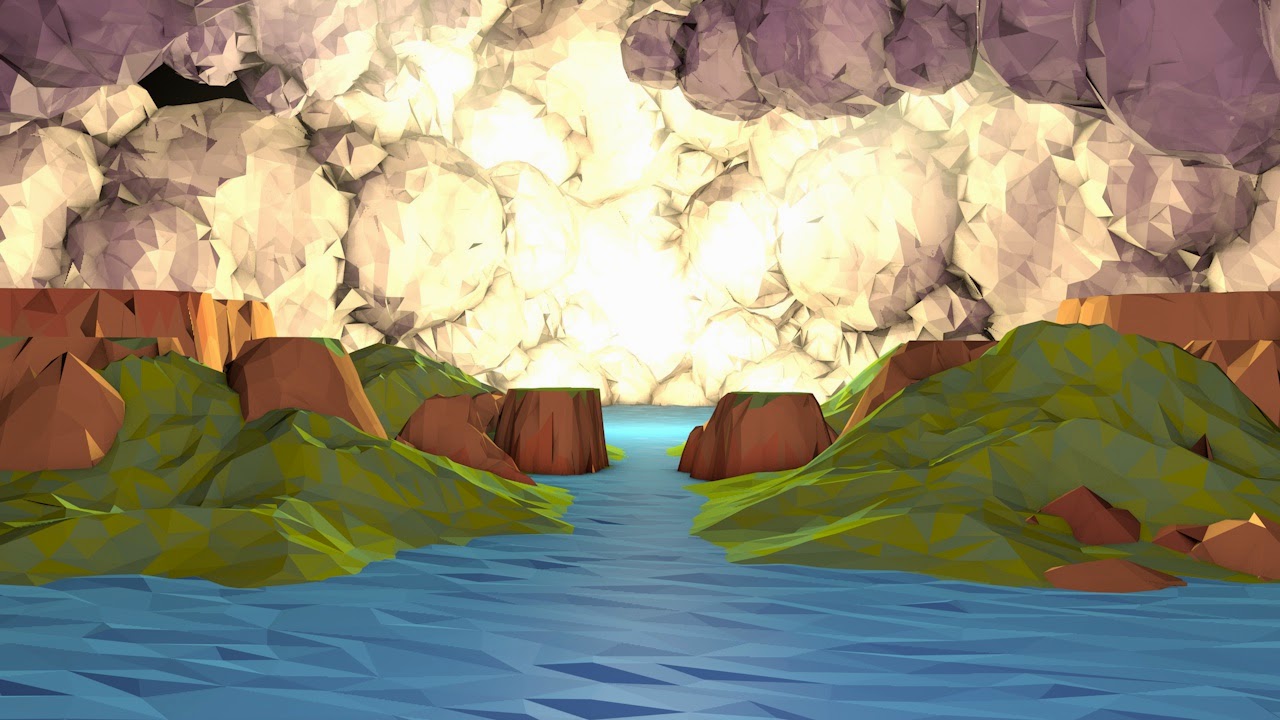








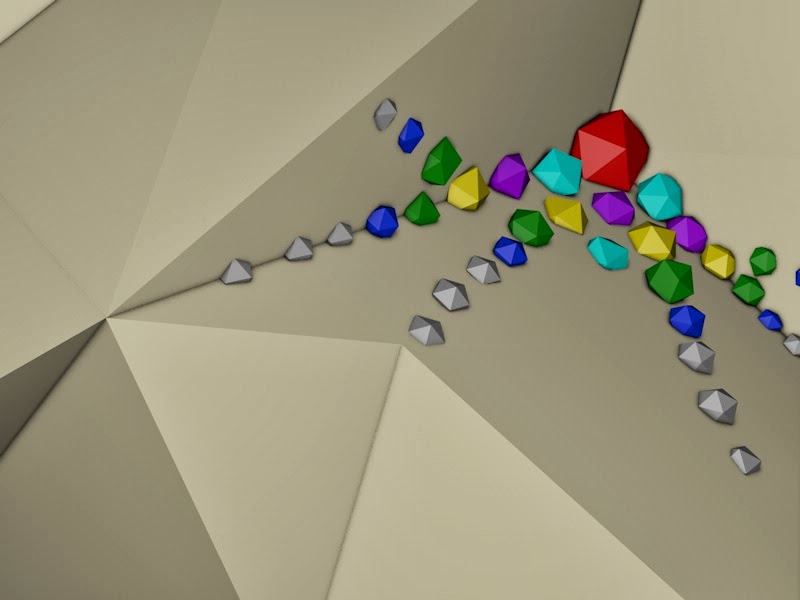



















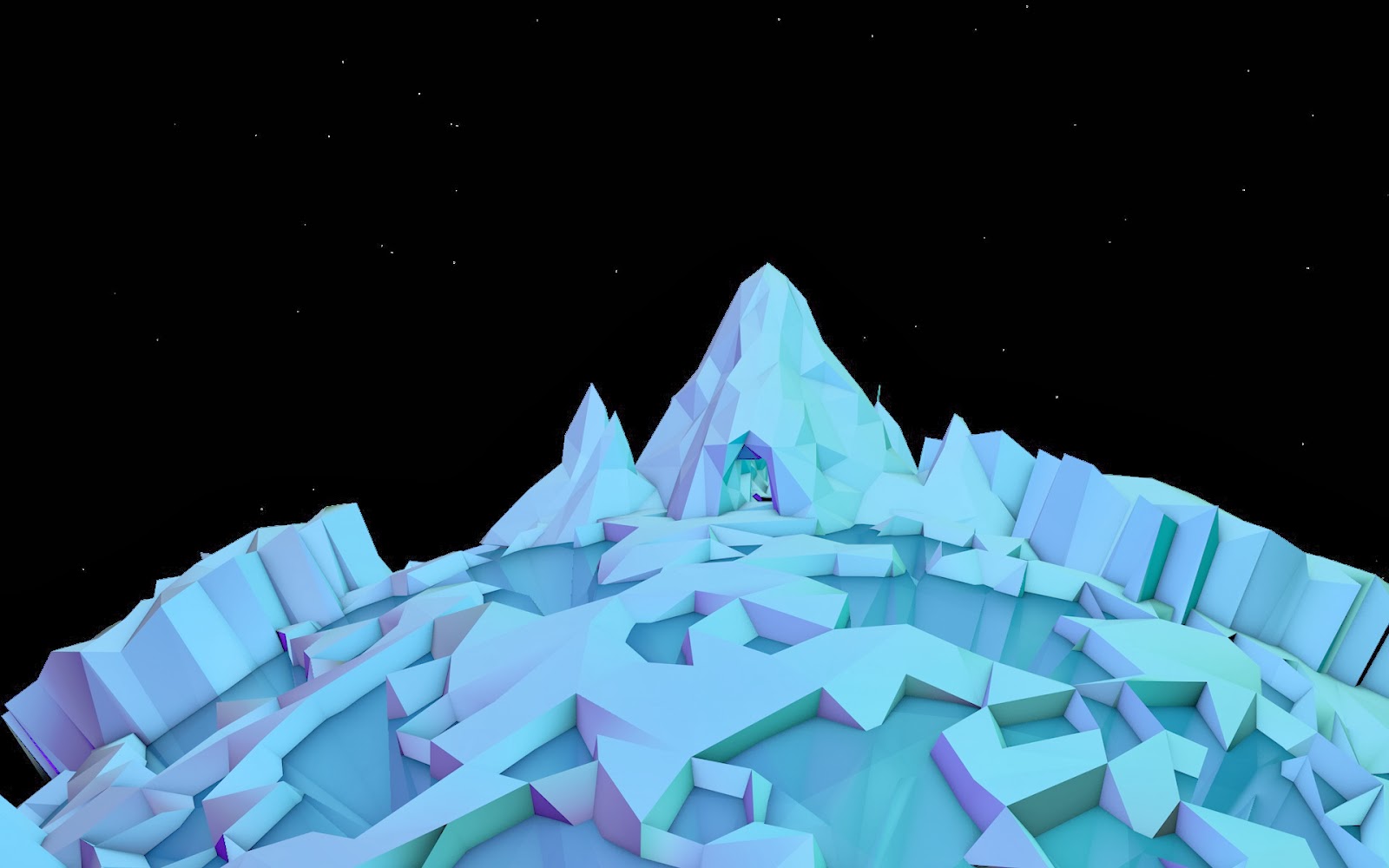

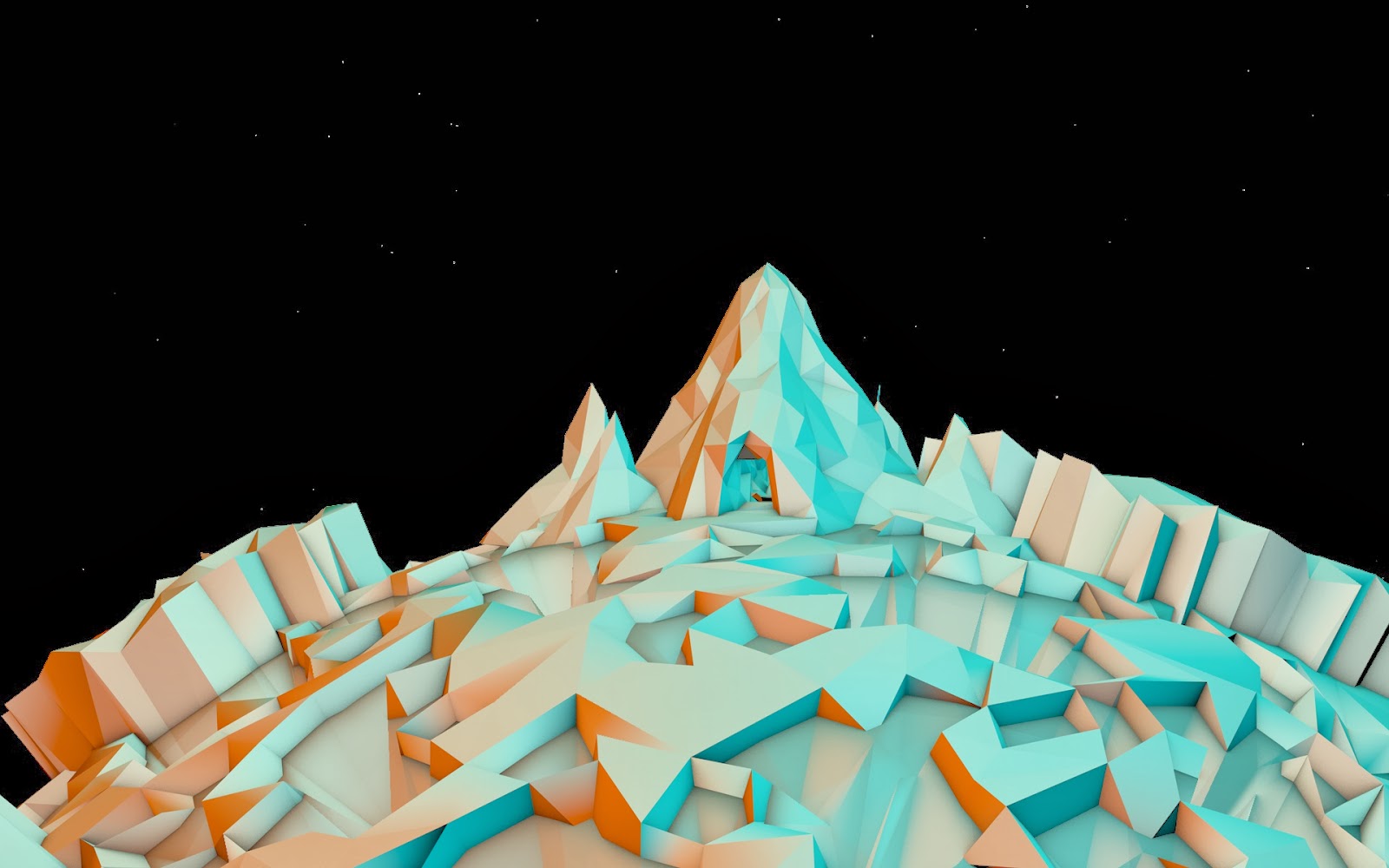

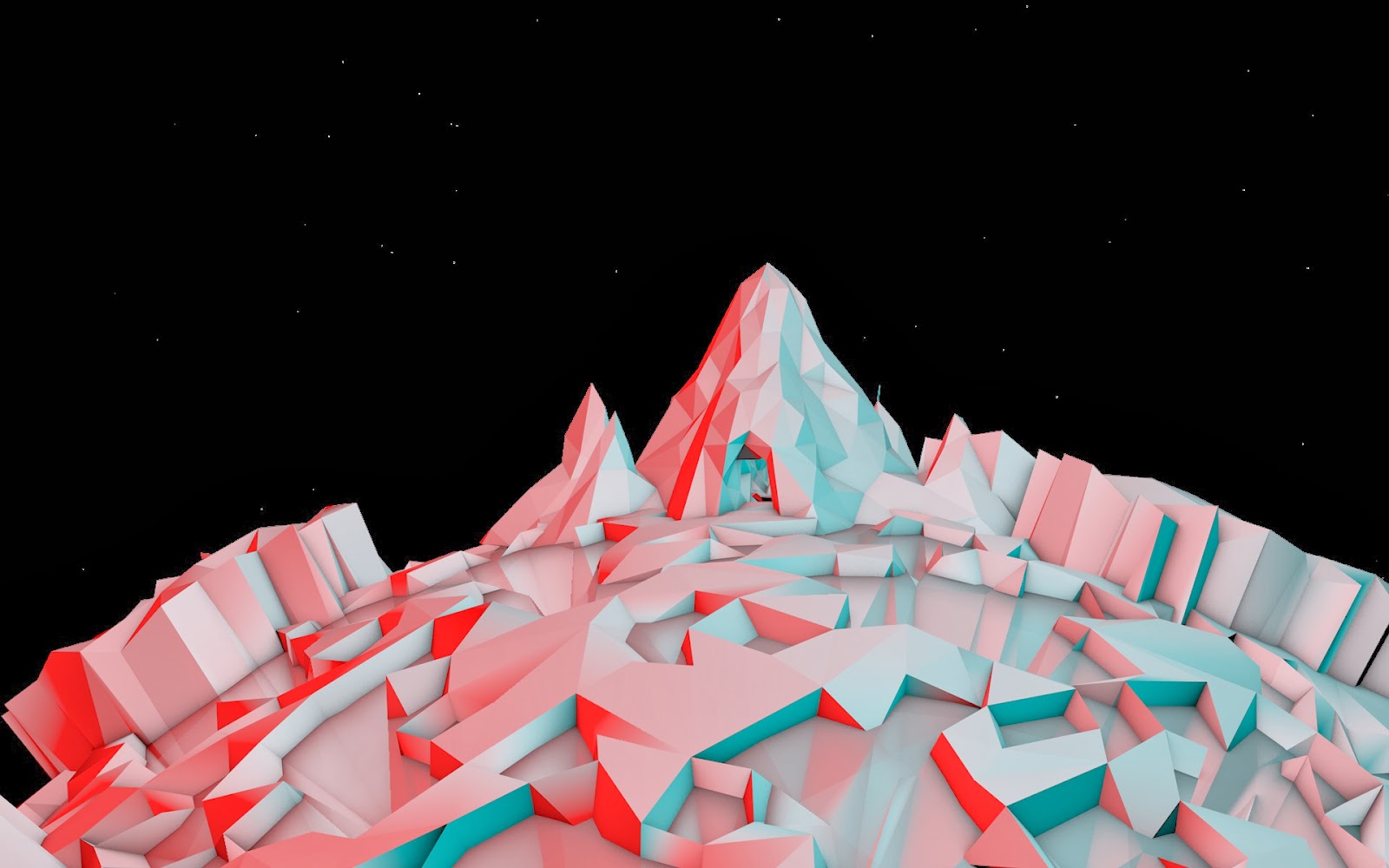
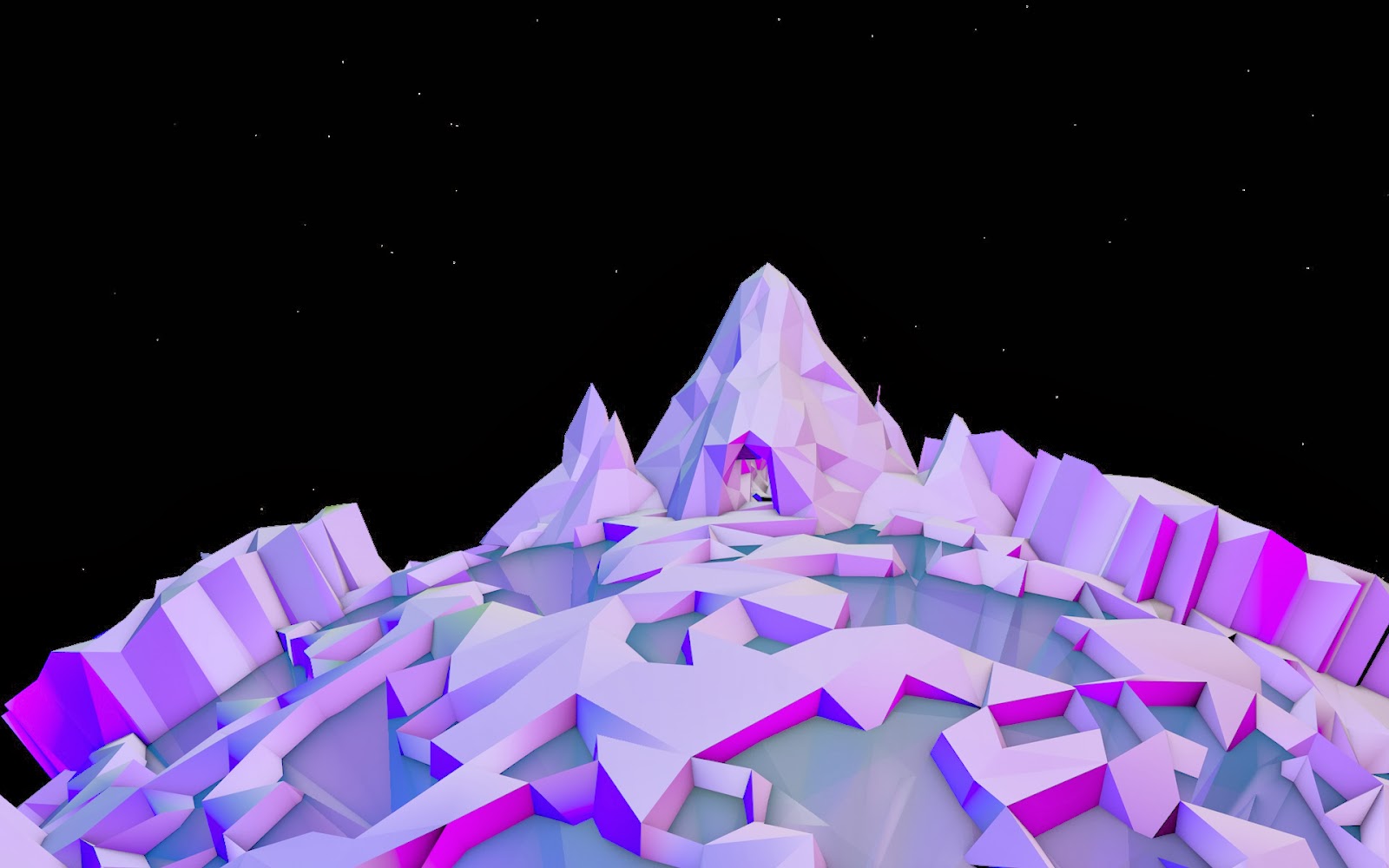
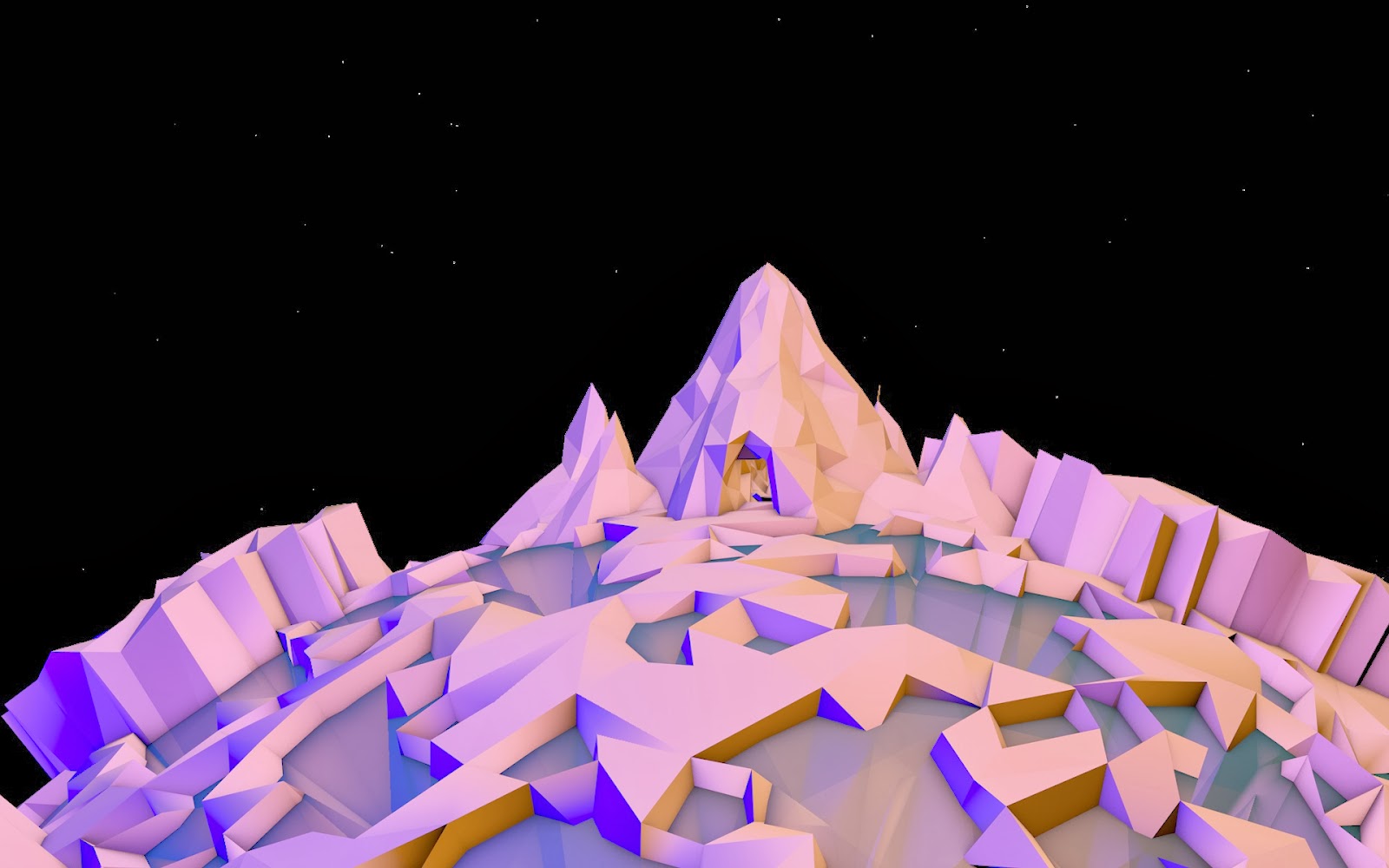











12.jpg)